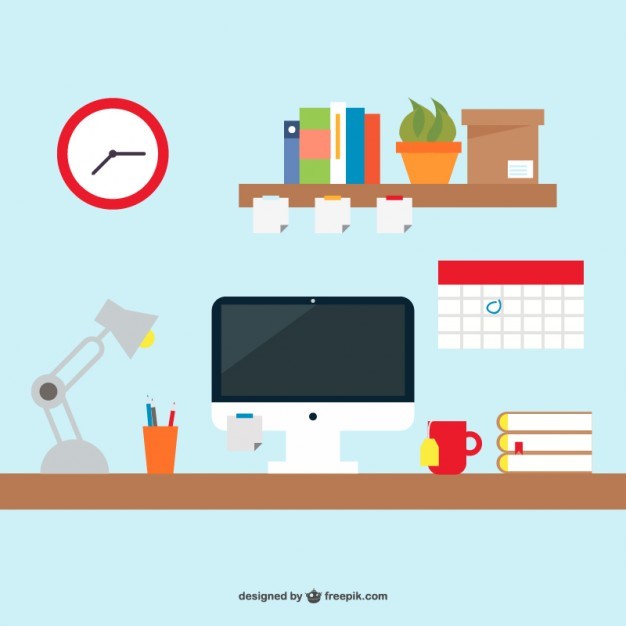
Hot Desking in Motion
Hot Desking in Motion
Love it or hate it hot desking is becoming a common practice in many businesses. Top names such as Microsoft and Ernst and Young have adopted this notion in an attempt to create a more flexible and productive working environment. However, hot desking is not loved by everyone. Many argue its time consuming and also de-motivating with people claiming their lack of personal space leaves them feeling undervalued. A Human Capital partner at Deloitte Consulting has responded to this stating that “to be successful, spaces need to balance the requirements of the dominant working styles of the business with possibly divergent preferences for the individuals.” So does this mean that the reason companies hot desking policy is failing to work is because they are not implementing it and adapting it to suit the business and the employee’s needs?
Throughout this year we have attempted to tackle this overarching problem and try to make our office increasingly adaptable to hot desking. This has included getting windows 10 solid state drives and phones that log in when you log into your computer. However, the changes did not stop there. Despite the fact that people knew they had to change their seat every day, many were still moving between a few desks or staying on certain sides of the office. This did not give us the results we wanted as this element of choice stopped people bonding with everyone in the office.
Enter the Hot Desking App. We came to the conclusion that the best way to solve any other problems associated with hot desking was to create an app that randomly allocated employees to their seats. We came up with a brief of what we required in an app and sent it off to be made. These requirements included adding preferences so people could choose whether they liked being near a radiator or a window or even a speaker dependent on if they worked well with music. This meant that although where you sat was entirely random there was a certain amount of weighting on particular desks for employees. Other requirements included;
- A log of where people have been seated so we can see if people are following the seating plan
- The ability to add new people without external help
- Ability to add new desks if possible
- Had to be accessible on iPad Mini or an Android tablet
- A once only re-spin button for people who are unhappy with their seat.
- Management override hidden option so we can choose where people sit if necessary
The app was created and did everything requested. Now when entering the office employees pick up the tablet and click on their face. They can then change their preferences or go straight to finding a desk for the day. The app then leaves us with a couple of seconds of suspense while the looking glass scans a map of the office room eventually giving us the position and a number of the desk. If unhappy with the selection you have 10 seconds to re-spin and find an alternative desk. The diagram below shows how the app works and what it looks like on the tablet.
This change has meant that people have limited choice about where they sit but all the resources to re-spin if they are really unhappy, alter preferences if they have an aversion to a particular area and have all the equipment ready and waiting to set up your desk in only a few minutes. We now have the positives of hot desking without any of the negatives.
Lucidica provides London based IT support for businesses


